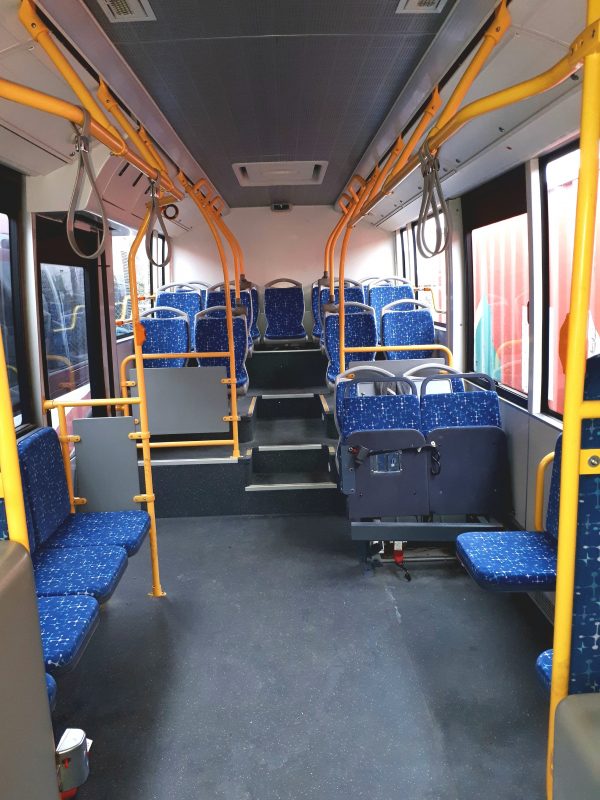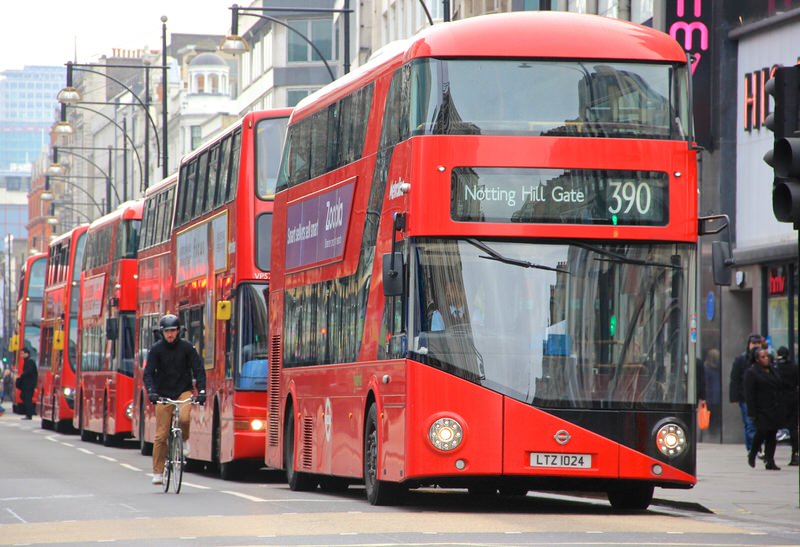

Interest at BC Transit turned to locating a low-floor, mid-size bus that was economical to purchase and operate yet retained much of the amenities and durability of the larger transit buses. Most notably it was rather expensive to run a full-size bus for only a handful of passengers. The BC Transit management looked at running full-size transit buses on less-patronized routes, but that also had its shortcomings. While their purchase price was economical, management was unhappy with both operating costs as well as shortcomings with their lack of amenities and dealing with the disabled. They were operating body-on-chassis buses and cutaways on less-patronized routes. The people at BC Transit began looking at better alternatives for their fleet. Their story starts back in 2008 with BC Transit, the transit agency based in Vancouver, British Columbia. The Birth of Grande West and the VicinityĪs mentioned earlier, the Vicinity from Grande West is the latest example of being successful because of providing an economical yet durable mid-size bus. Hence, they could meet the requirements of economical price and operation coupled with much of the amenities and durability of the big coaches. Temsa got into this market in 2008 and had the major advantage of years of experience in building mid-size buses. While some might please buyers with economical price and operation, it was difficult to maintain production for the smaller numbers involved. For close to three decades, shorter coaches popped in and out of the U.S. Moving to more recent times, I would suggest that Temsa provided the same type of situation in coaches. It was the economical yet durable mid-size bus that got them started in the first place. In later years Orion would offer larger buses and open a plant in New York State to enter the U.S.

Again, these were the key factors operators were looking for in this mid-size bus market and this made the company successful.

Their original offering was a mid-size bus that was intended to replicate the small GM transits in providing an economical price, economical operation and substantial durability. While I would admit that the smaller gasoline-powered GM transit buses were more economical and less sophisticated, they served our company well and I spent many hours behind the wheel of those “Jimmys” as we called them.Īt least some of the success of what became Ontario Bus Industries and Orion goes back to this type of bus. I once worked for a transit operation that had both types. While the larger transit buses had additional amenities and diesel power, the economical smaller transit buses were simpler and powered by gasoline. My memory is that the reason for the lack of interest in the shorter coaches was price only about a $15,000 difference between the 35-foot and 40-foot models.Ī classic example goes back to post-war General Motors transit buses. The reason was a lack of buyer interest at both manufacturers. A good example is that General Motors gave up 35-foot coaches in 1978 while MCI did the same in 1980. The availability of mid-size buses has changed over the years. Unfortunately, this may be difficult for manufacturers to accomplish because this mid-size bus market is typically smaller in size and hence offers fewer sales. While they will seat fewer passengers than the full-size transit buses and coaches, they will ideally cost less and be more economical in operation. Many operators seek an intermediate class of mid-size buses. On the other end you have the body-on-chassis and cutaway shuttle buses with their economical price but with fewer amenities and less durability. On one end you have the full-size transit buses and coaches with their amenities, durability and higher price. Many people will define mid-size buses as a separate type. What makes this situation interesting is that it is a classic example of developing a new design that meets operator needs in the mid-size bus category. Designed from scratch to fill a specific need, the Vicinity transit bus from Grande West Transportation has become an obvious success story. In less than 10 years a new mid-size bus from Vancouver, British Columbia not only became a major player in the Canadian bus market but also broke into the bus market in the United States.


 0 kommentar(er)
0 kommentar(er)
